Sunflower butter or sunbutter is a great option for those that are allergic to nuts but can tolerate seeds. It has a great peanut-y flavor. As with all nuts and seeds, I recommend opting for organic because fat is where the toxins (herbicides) are stored. I also generally recommend raw nuts and seeds because roasting can damage the fragile fats and is often used to hide the rancidity of nuts and seeds. Nuts and seeds have a season when they are fresh, just like all fruits and veggies. Choosing raw allows you to know that the nuts and seeds are still fresh. Although, raw and organic nut butters are CRAZY expensive (like $12-$25 for a fairly small jar). You can certainly make your own. Add the nuts or seeds to a food processor and turn it on. Once they become the right consistency, turn off and store in a jar (in the fridge to slow the oxidation process). Some people add salt, sugar, or oil to it. Feel free to experiment away!
Jennifer Tyler Lee, like many parents, was looking for a nut-free alternative for her children while at school. She suggests using it as you would peanut butter…ants on a log and apple slices dipped in sunbutter. She also suggests a no bake snack called Bitty Bites. I would obviously sub out the whole wheat flour for a grain-free option like cassava flour.
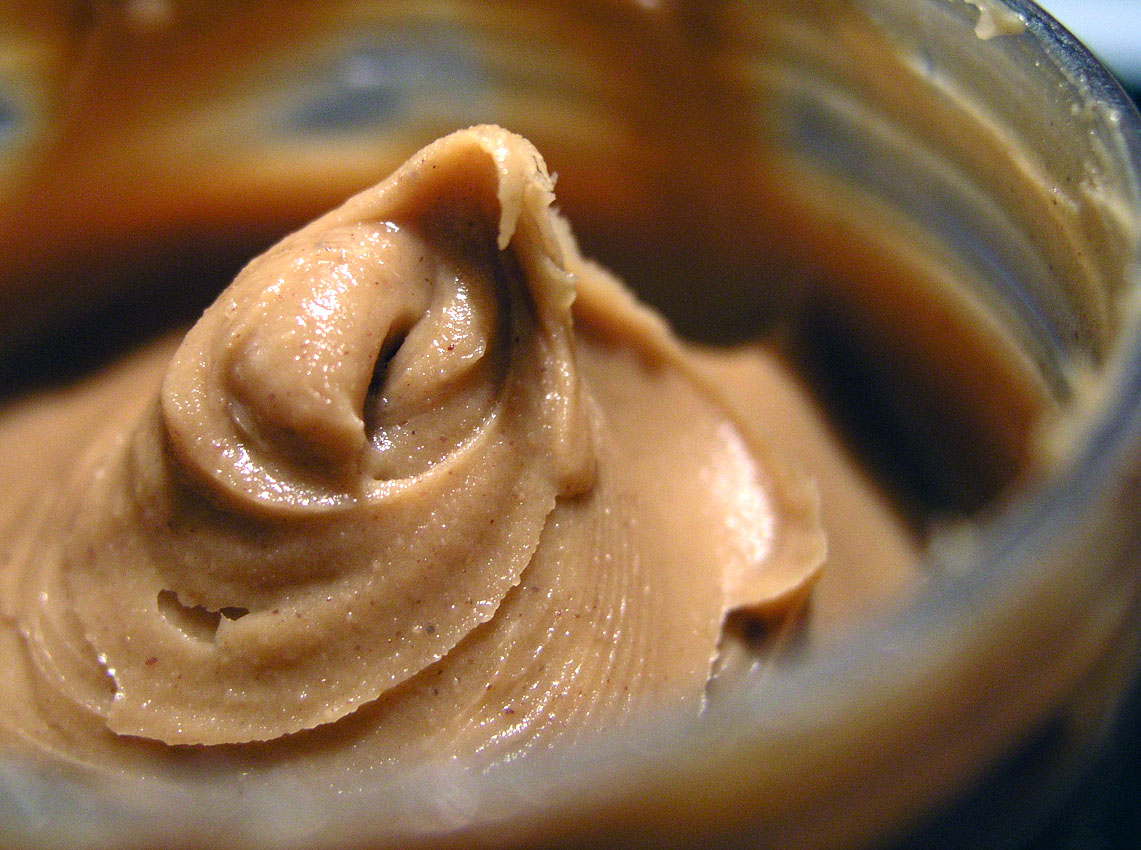 Food Facts:
Food Facts:
- Good source of vitamins B1, B5, B6, and E, folate, selenium, manganese, phosphorus, copper, zinc, potassium, magnesium, iron, and protein.
- Sunflower seeds contain phytochemicals, especially phytosterols, which can help to lower blood cholesterol.
- They are a great source of monounsaturated fats (24 grams per 1/3 cup serving).
- Sunflower seeds also contain arginine an essential amino acid that is important during periods of growth.
- Contain heart healthy compounds.
- Have been shown to be anti-inflammatory, anticancer, and antiallergenic.
From The 52 New Foods Challenge: A Family Cooking Adventure for Each Week of the Year, with 150 Recipes by Jennifer Tyler Lee, Encyclopedia of Healing Foods
by Michael Murray, Joseph Pizzorno, and Lara Pizzorno, and Superfoods: The Healthiest Foods on the Planet
by Tonia Reinhard.
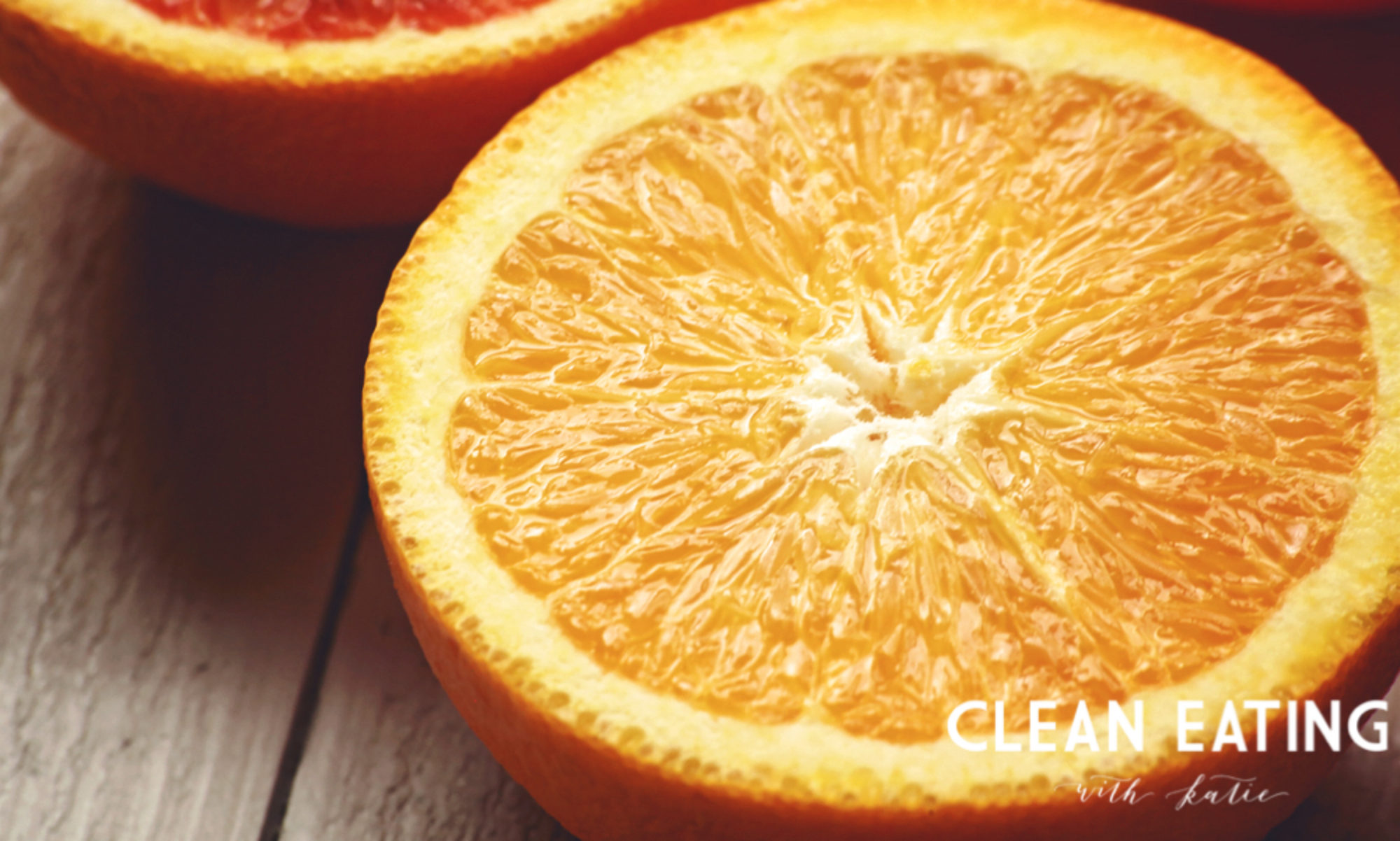

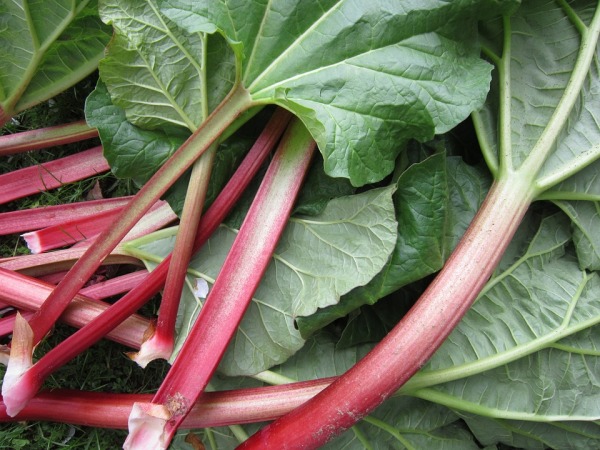 The leaves of the plant are poisonous. The stalks are the edible part of the plant.
The leaves of the plant are poisonous. The stalks are the edible part of the plant.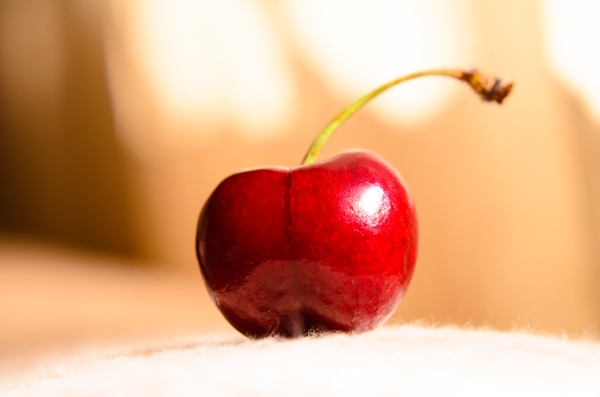
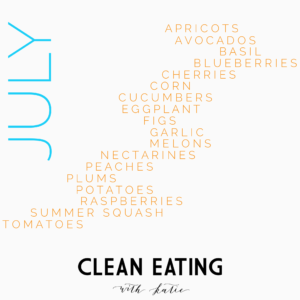
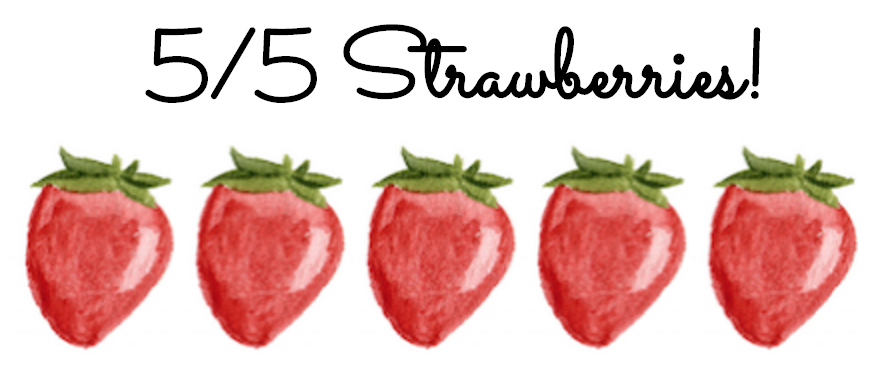 er tells readers what they can do to help keep cancer at bay, keep it from coming back, or to surpass a not-so-optimistic prognosis.
er tells readers what they can do to help keep cancer at bay, keep it from coming back, or to surpass a not-so-optimistic prognosis.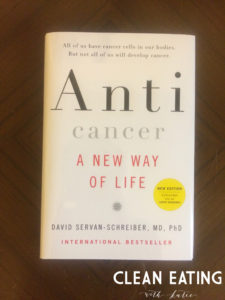 t’s how tumors are born. But our bodies are also equipped with a number of mechanisms that detect and keep such cells in check.” This quote instills a bit a fear in me, knowing that cancer can be happening to all of us, all the time, BUT it also inspires hope because it empowers each of us to know that we have the power to make changes in our bodies and our futures.
t’s how tumors are born. But our bodies are also equipped with a number of mechanisms that detect and keep such cells in check.” This quote instills a bit a fear in me, knowing that cancer can be happening to all of us, all the time, BUT it also inspires hope because it empowers each of us to know that we have the power to make changes in our bodies and our futures.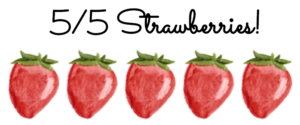
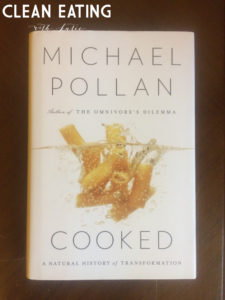
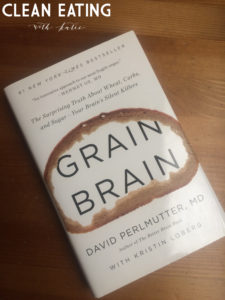

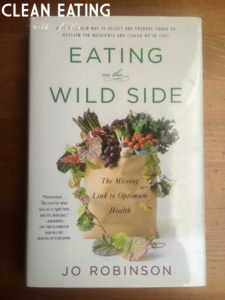 In Eating on the Wild Side, You’ll learn that sweet potatoes aren’t in the potato (nightshade) family but in the morning glory family, that drinking a glass of beet juice before a run will help you run longer (due to the naturally occurring nitrates), that the outer leaves on lettuces are the most healthy because they make the most chlorophyll, and that broccoli loses most of it’s phytonutrients within 24-hours of harvest – so grow your own or shop at the farmer’s market and look for it on ice.
In Eating on the Wild Side, You’ll learn that sweet potatoes aren’t in the potato (nightshade) family but in the morning glory family, that drinking a glass of beet juice before a run will help you run longer (due to the naturally occurring nitrates), that the outer leaves on lettuces are the most healthy because they make the most chlorophyll, and that broccoli loses most of it’s phytonutrients within 24-hours of harvest – so grow your own or shop at the farmer’s market and look for it on ice.
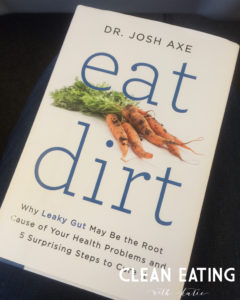 It
It